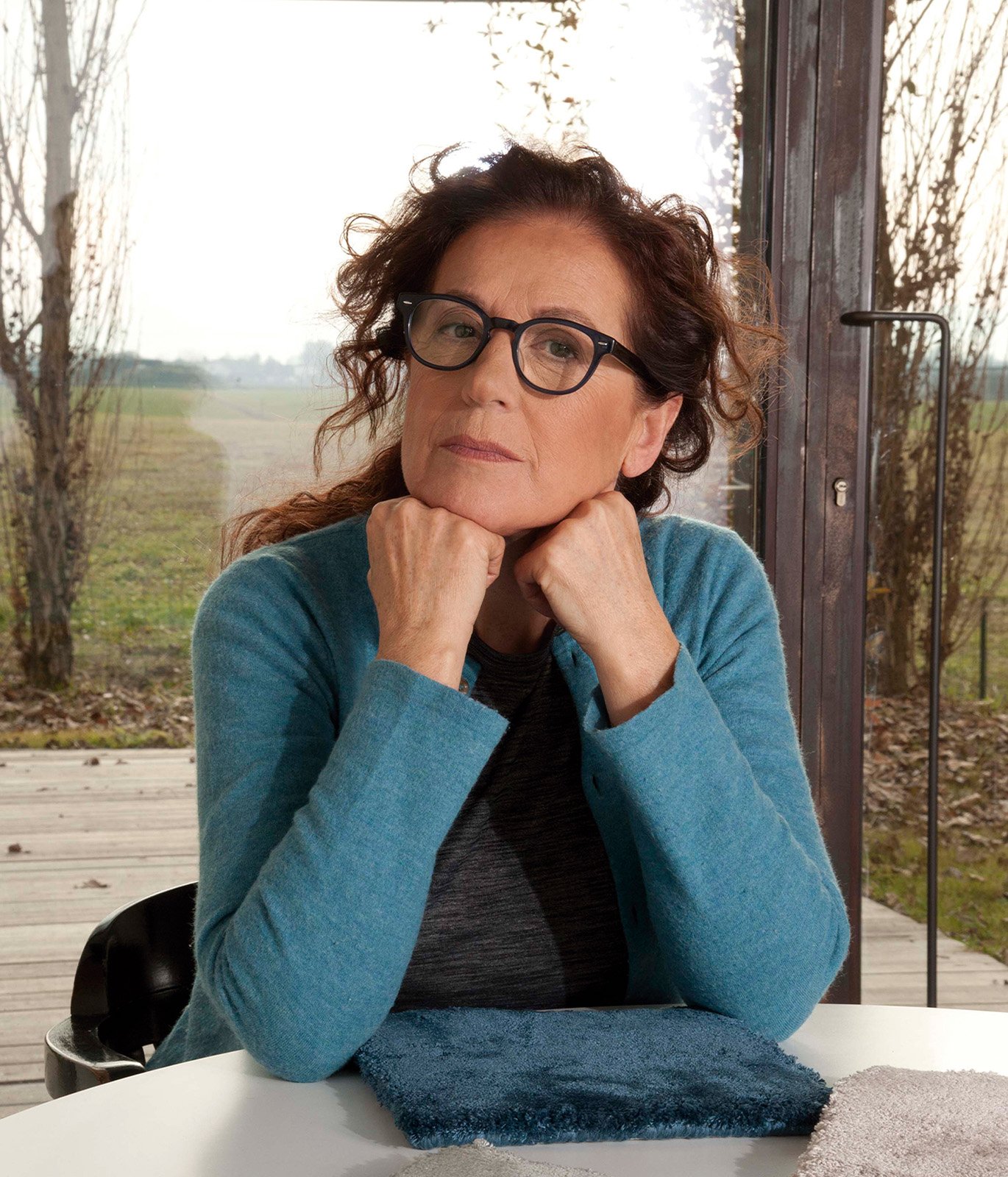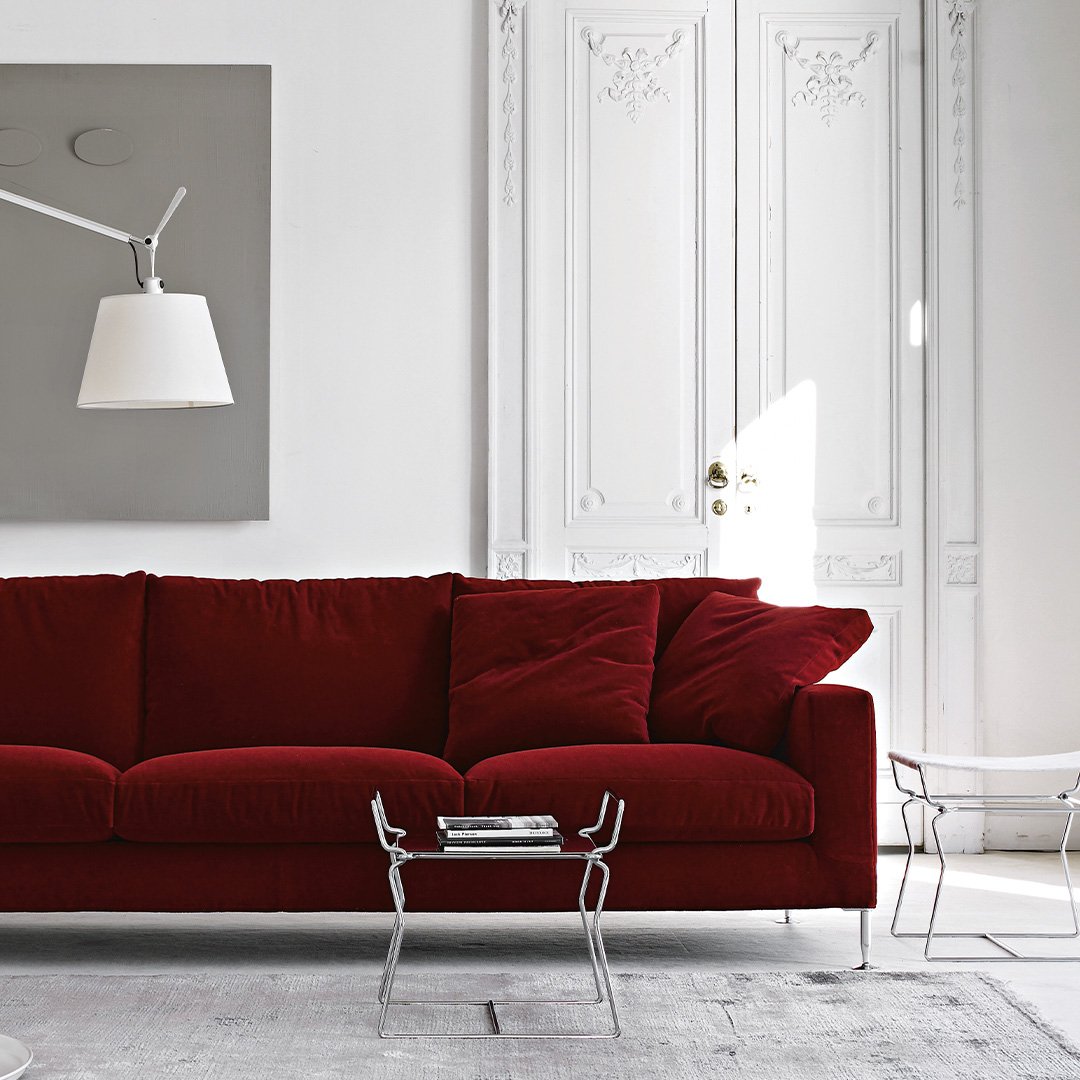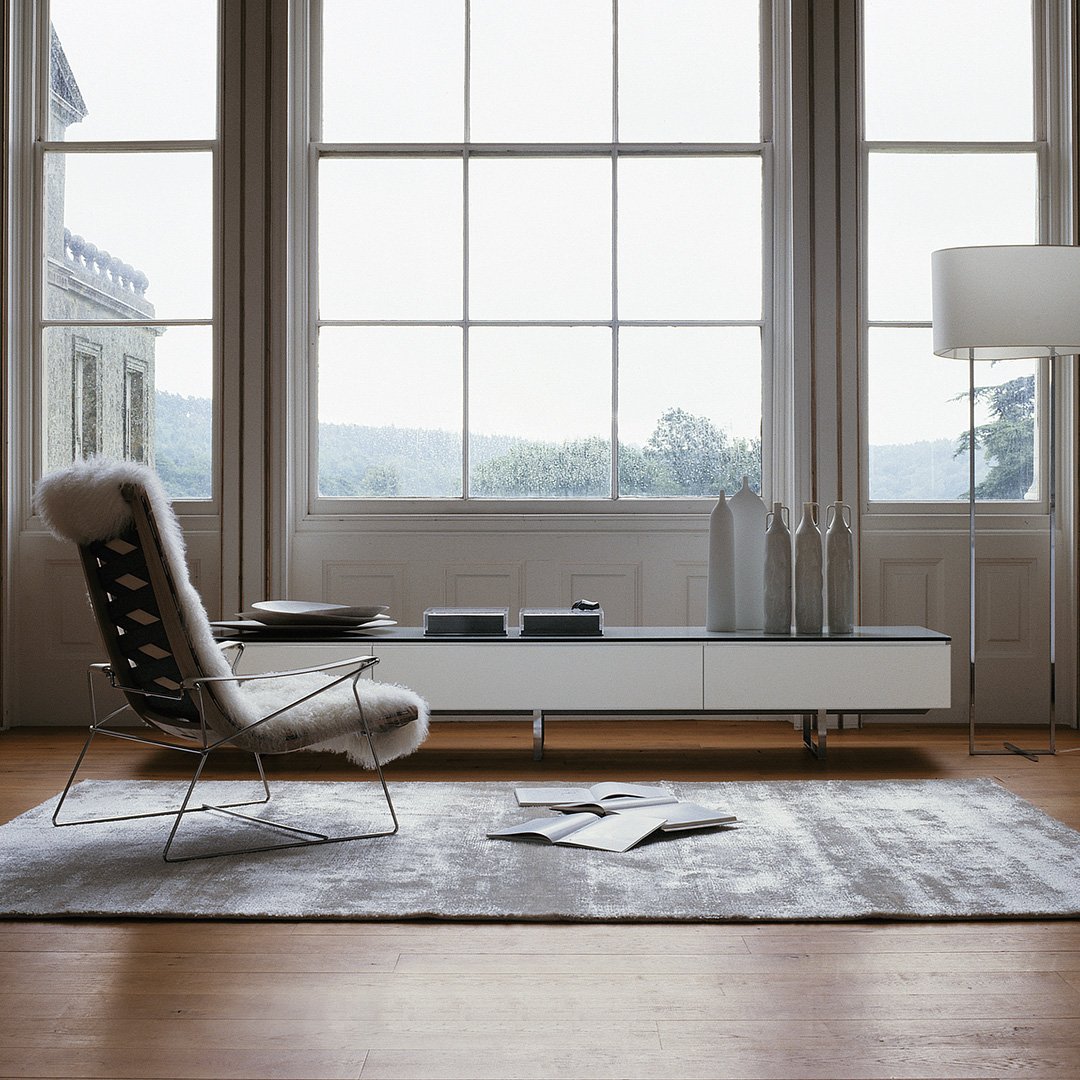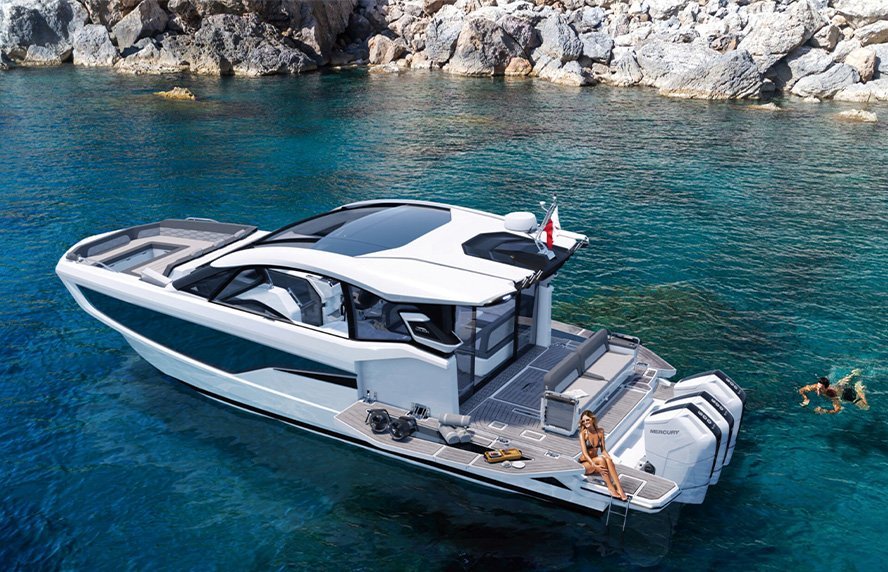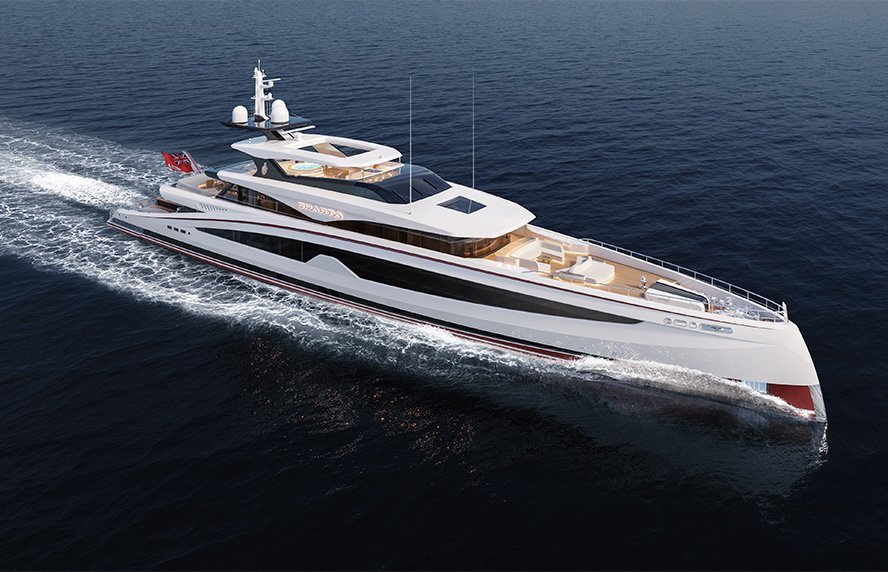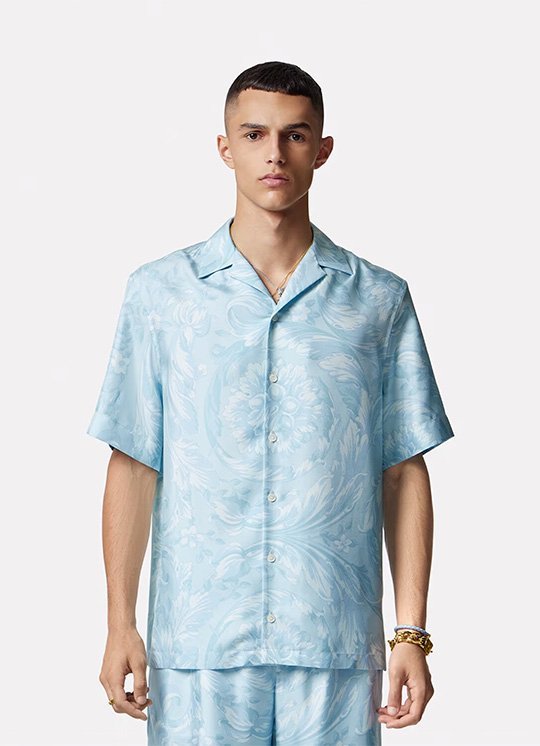When did your passion for creating/designing rugs come about?
My passion for rugs stems from a long reflection on life. After working with other objects in the house, I gradually realised that, for me, the rug was the essential element for building and experiencing an environment.
What can people expect when they come to G.T.DESIGN?
An encounter with a world striving for authenticity.
You work with various architects. What inspires you when coming up with the layout of each piece?
In order to create custom products, you first need to know the essence of the project. You need the technical elements (the building layout, the dimensions, the type of use it will be put to), but you also need to have a dialogue with the architect to understand the spirit and philosophy of the project. In this way, you can study solutions suited to each context and not simply "adapt” something that already exists.
What message can a rug convey when it gets to the client?
We are a family business. For us, being a brand has never meant mass-producing objects. The rug becomes making a small dream come true, which perfectly fits in the design. Our identity originates from our passion for our work, which lies in the attention to detail, in the authenticity of our productions and in the pleasure of making products that are out of the ordinary. And the rug that the customer receives becomes the means of communicating this philosophy. We have always used artisan techniques, because we are convinced that – just as in the story of Pinocchio, material comes to life thanks to the hand of man –, our products are also full of emotion and stories to tell. Our mission is to produce objects of outstanding ethical, aesthetic and technical quality, with full respect for man and the environment.
You have created pieces for residential, commercial and public spaces... How do you personalise rugs to best suit each surface?
Depending on the use, the same product can be made with different materials, for example, with higher performance or certified materials for public spaces, in the case of a commercial or public space. However, in general, rather than adapting a product to various uses, I like to design products ad-hoc, that is to work with structures designed exactly for their end use.
What was the collaboration that made the biggest impression on you?
Meeting up with Maddalena De Padova was without doubt the first turning point in my career. Maddalena De Padova was probably the first to understand my work and, in fact, offered to distribute my first collection. The challenge was to abandon sales under the De Padova name and to continue building my career as a designer and as a company, independently. With that first collection of coconut fibre rugs, I gained my first major international recognition and began collaborating with established design brands (Cassina, Cappellini, De Padova and Zanotta were the first brands to use my products in their showrooms and catalogues). More recently, the collaboration with Zaha Hadid’s studio was one of the greatest professional challenges I’ve faced to date. I had the opportunity to collaborate on the interior design for the 1000 Museum Miami project, and this was probably the most complex project I’ve ever been involved in because, apart from the technical aspects, the creative expectations were extremely high, as you can imagine. However, the collaboration was a success and not only did I design the floors ad-hoc together with the Hadid studio, but we designed them to be integrated as practically architectural components of the project.
What brands or names have you had the opportunity to work with, creating iconic rugs?
In addition to Maddalena De Padova, with Coconutrug, and Cassina, with the Paglietta collection, we have also worked with B&B Italia, among many others, using the Kama collection, which was the first rug made from high-quality viscose.
"For us, being a brand has never meant mass-producing objects”
